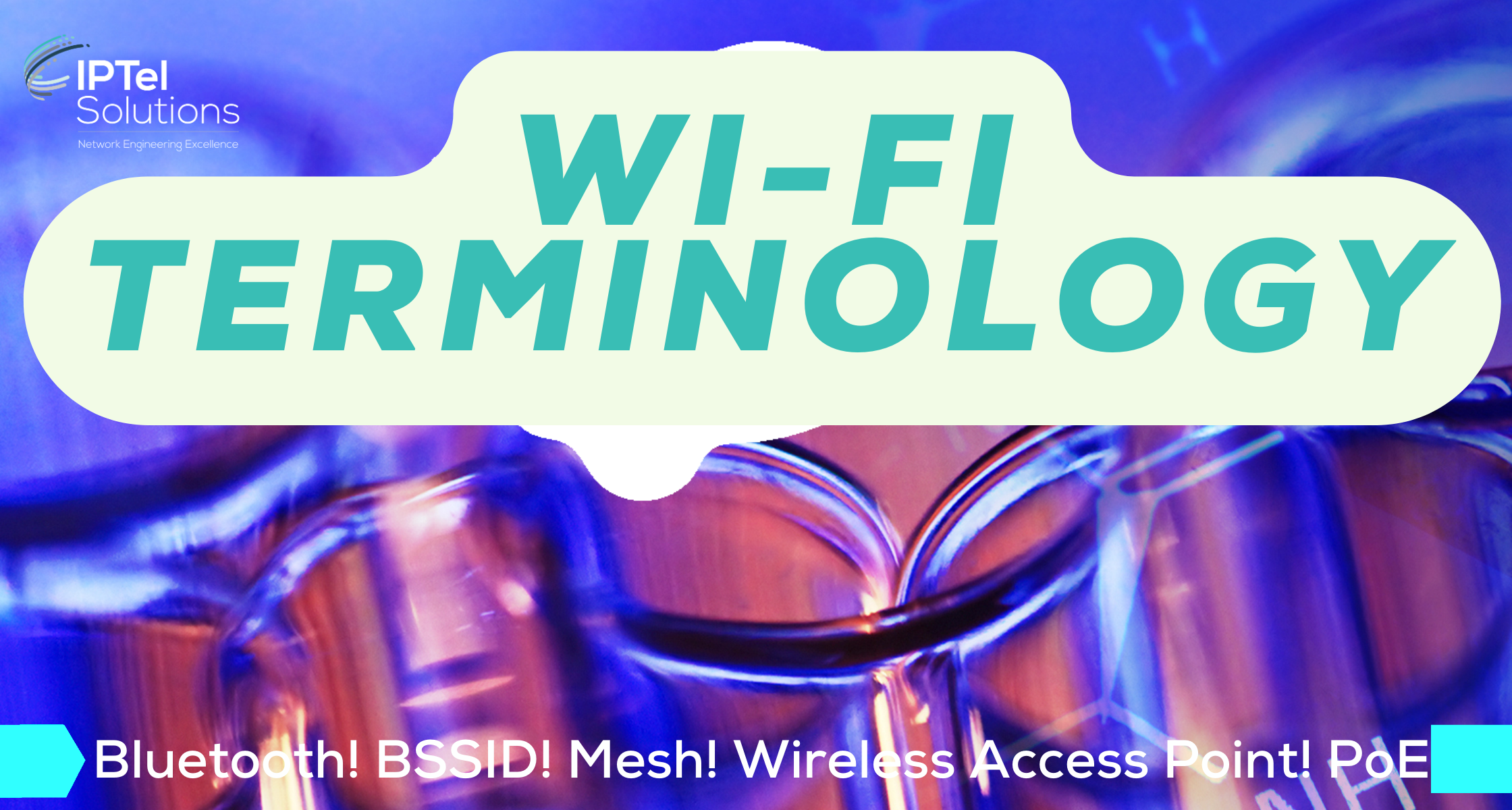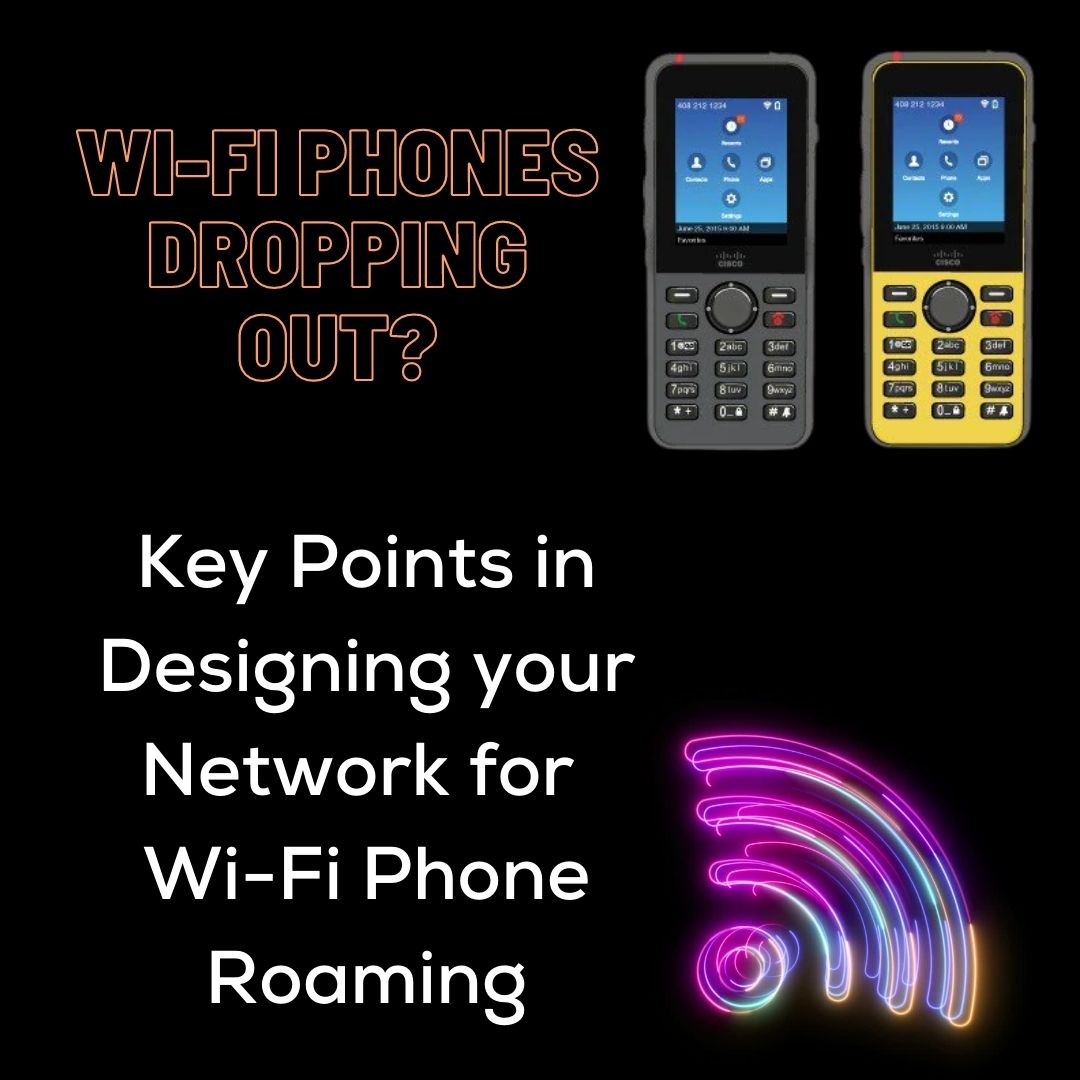Wi-Fi is littered with acronyms! If you want to understand a bit more on what each of these mean, we've put together this simple to understand guide.
Wireless
Wireless is broadly used to refer to transmissions over radio frequency. Wireless can refer to not just Wi-Fi technology, but also mobile service, bluetooth, LTE or other technology that uses radio frequency transmissions.
Where any ambiguity could exists, you should qualify the wireless technology you’re referring to with the protocol or technology name.
ASSOCIATED BLOGS:
Bluetooth
Bluetooth is a parallel wireless protocol standard. There have been a number of iterations of bluetooth (the latest being bluetooth 5). We commonly talk about BLE, which refers to a specific protocol variation called Bluetooth Low Energy. BLE is always Bluetooth, but not all bluetooth is BLE.
Bluetooth is similar to Wi-Fi in that:
-
Bluetooth is a standard sprotocol (IEEE 802.15.1)
-
It operates on 2.4 GHz
-
It uses a radio and an antenna
Key differences between Bluetooth and Wi-Fi are:
-
Bluetooth has a narrower channel width (1 MHz vs 20 MHz for Wi-Fi)
-
Bluetooth has a much lower signal strength
ASSOCIATED BLOGS:
BSSID and Roaming
A BSSID (Basic Service Set Identifier) is used to identify individual radios that broadcast an SSID. It is structured like a MAC address (12 hexadecimal digits)..gif?width=201&height=201&name=Anatomy%20of%20an%20Access%20Point%20(Instagram).gif)
For example, a dual-radio AP that is broadcasting 3 SSIDs on each radio, would have 6 unique BSSIDs.
When a Wi-Fi client is associated, it is often said to be associated to an SSID, but technically speaking it is associated to a single BSSID.
Wireless Client Roaming is when Wi-Fi clients move between BSSIDs for the same SSID.
ASSOCIATED BLOGS:
Wireless Mesh Network
Often just called mesh, a wireless mesh network is a way of connecting access points together using wireless technology, instead of through a wired ethernet network.
.png?width=196&height=196&name=Networking%20Security%20Basics.%20(Instagram).png)
The mesh network is used for data services, while power is supplied via separate cabling (e.g. from a streetlamp or solar-charged battery)
Mesh networks are usually deployed where cabling is infeasible to run any wiring for data.
Newer access points now support three radios, for the particular purpose of having a dedicated backhaul for Mesh.
ASSOCIATED BLOGS:
- The Cisco 9124
- Increasing AP Density
- Wi-Fi Surveys (Overview to the various types of RF Surveys)
- Wi-Fi Phone Dropouts
- Wi-Fi Surveys
Wireless Access Point
A Wireless Access Point (AP) refers to a piece of hardware that provides wireless network services to Wi-Fi clients, such as laptops and phones.
.png?width=216&height=216&name=Introduction%20to%20Wi-Fi%20(Instagram).png)
- One or more radios
- Each radio will have one or more antennas
At least one network connection for data backhaul (usually ethernet cabling, but sometimes another wireless mesh is used, rarely 5G backhaul)
At least one method to supply power, such as POE or DC Power (often multiple methods are possible)
Power over Ethernet (PoE)
Power over Ethernet (POE or PoE) is a way of sending power down a copper ethernet cable along with the data transmissions.
PoE is a preferred way of powering access points and other devices as it reduces the overall cabling requirement, as long as the device is within distance limits (<100m for ethernet).
There are a number of POE standards, but they all use copper cabling but differ in the amount of power (measured in Watts) that can be delivered to a connected device:
- 802.3af | POE, which is the basic standard and supports 15.4W
- 802.3at | POE+, which expands the support to 30W
- 802.3bt | POE++, which goes to 60W
- Cisco UPOE, which go to 60W, but is vendor-specific
It’s easily forgotten that optical fibre ethernet does not support any form of power delivery.
Some cable makers have come up with solutions to wrap fibre optic cables in a sheath that supports power delivery.
ASSOCIATED BLOGS:
Signal Strength and RSSI
A signal is an intended transmission from a source to a receiver. Signal Strength refers to how strong that transmission is received by a receiver.
%202-1-Jan-06-2022-07-34-35-55-AM-Jan-06-2022-07-35-34-80-AM.png?width=193&height=193&name=Wi-Fi%20Predictive%20Design%20(Instagram)%202-1-Jan-06-2022-07-34-35-55-AM-Jan-06-2022-07-35-34-80-AM.png)
RSSI (Received Signal Strength Indicator) is the measurement of signal strength from the receiver’s perspective. Most (but not all!) vendors report RSSI as a dBm value.
There are many parallels between sound and radio signals, including some of the characteristics of attenuation and measuring approaches.
We often use the following terms when we are discussing signal strength:
-
Attenuation = the passive reduction in signal strength between transmitter and receiver
-
Bleed = Signals that extend beyond the range of desirable coverage (e.g. between floors, or beyond external walls)
-
dBi= stands for dB(isotropic). This is the forward gain of the antenna, measured in dBi. Forward gain is measured against a hypothetical isotropic antenna. Essentially this is antenna gain.
-
dBm = a way of calculating the strength of signals and noise. Decibels are a logarithmic measure of RF power.
-
EIRP = the legal allowable limit on how much energy can be transmitted
-
mW = Milli-Watts are another way of representing RF power - this time on a standard, non-logarithmic scale.
-
Power Level = a vendor-specific measure of signal strength, often in a range of 1 - 8
-
SNR = Signal-to-Noise ratio = the difference between transmission strength and active sources of RF (see interference)
ASSOCIATED BLOGS:
Wi-Fi Terminology: Summary
In this blog, we have introduced some of the basic terminology
.gif?width=198&height=198&name=Wi-Fi%20and%20the%20Cinema%20Story%20(Instagram).gif) The wireless chipsets, antennas and CPU make up the main components of the AP.
The wireless chipsets, antennas and CPU make up the main components of the AP.
These days, there are many more functions being packed into an AP, so its not unusual now to see Bluetooth radios in addition to Wi-Fi radios, and even sensors such as air temperature!
The anatomy of an AP is evolving as more features are embedded - this blog has introduced you to the key concepts.
As ever, if you need support with your design and install, drop us a line at sales@iptel.com.au
ASSOCIATED BLOGS:
- Wi-Fi Predictive Designs
- Wi-Fi Assurance Review
- Wi-Fi 6E and 6GHz Explained
- Wi-Fi 6 vs 5G
- Wi-Fi Surveys: Overview to Wi-Fi Survey types






.gif)